SUMMARY
This is AI generated summarization, which may have errors. For context, always refer to the full article.
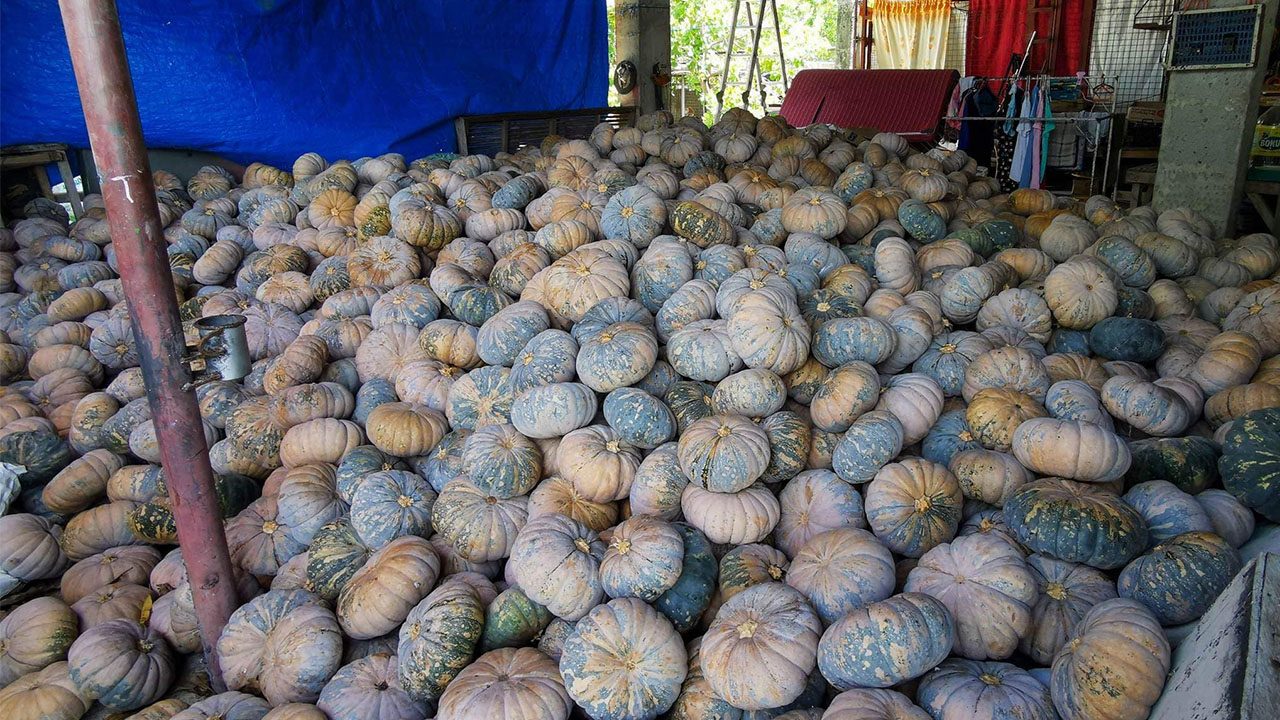
MANILA, Philippines – In Zaragoza, Nueva Ecija, hundreds of tons of pumpkins are left rotting in warehouses. This is the same situation in Talavera, Nueva Ecija, and even in other parts of the country such as in Cagayan, General Santos, and Cotabato.
Teodoro Ramos Jr., a farmer from Talavera, sought help in a video released by non-government organization Rural Rising Philippines on June 7.
“Nahihirapan po kaming maibenta dahil wala pong buyer na lumalapit at kung mayroon man po ay halos hingin na lang ang aming pananim,” he said in the video.
(We are having a hard time selling because there are no buyers, and if there are any, we give it away to them almost free of charge.)
In an interview on radio DZBB on Wednesday, June 7, Department of Agriculture (DA) Assistant Secretary and spokesperson Kristine Evangelista said Novo Ecijano farmers are selling pumpkins at P7 to 8 per kilo. In markets, they are currently sold at P30 to P50.
Right now, the DA is working on enhancing market linkages, said Evangelista.
“May mga dumating na po na kalabasa dito sa NCR [National Capital Region]. Ayan naman po ay ibabagsak sa mga palengke at sa Kadiwa,” she said, referring to the government’s retail outlet where food products are sold at subsidized prices.
(There are pumpkins that arrived here in NCR. Those will be distributed to markets and Kadiwa centers.)
The department has been dealing with 200 metric tons (MT) of pumpkins. Out of the 200 MT, only 30 MT are left to sell, said Evangelista.
However, while the government is busy helping farmers sell their crops, more harvests are still expected to enter the market.
Damage control
Evangelista admitted that what they are doing now is just troubleshooting, and that other steps would have to be taken.
“This is actually more of damage control,” said Evangelista in a mix of Filipino and English. “What we have to put in place is proper food mobilization and processing.”
Kilusang Magbubukid ng Pilipinas (KMP) decried the gap in the government’s marketing support and assistance for farmers.
“Palaging iniaasa sa pribadong traders ang pagbili ng produkto ng mga magsasaka,” said Rafael Mariano, chairman emeritus of KMP. (The government always relies on private traders to buy farmers’ products.)
As of June 7, the DA has yet to release official data on farmers affected by pumpkin oversupply.
The department said they are also coordinating with regional offices in Cagayan and General Santos, where pumpkin farmers are also pleading for help, to find out the local government units’ responses.
Evangelista said the general approach now is to sell first within the region. “Again, oversupply in another region does not mean it’s an oversupply on a national scale,” she said.
Pumpkins are planted from May to July, and October to December. – Rappler.com
Add a comment
How does this make you feel?

![[ANALYSIS] Is Marcos condoning sugar smuggling and cartels?](https://www.rappler.com/tachyon/2023/03/tl-sugar-smuggling.jpg?fit=449%2C449)
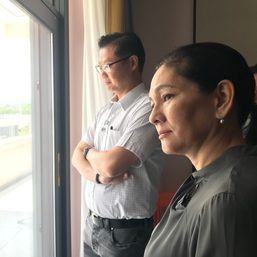

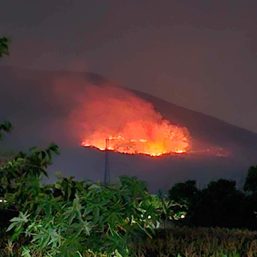
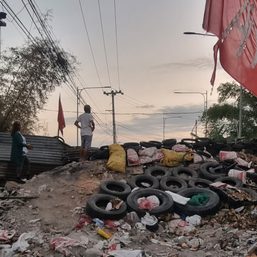


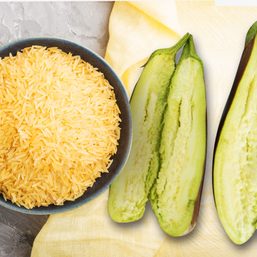

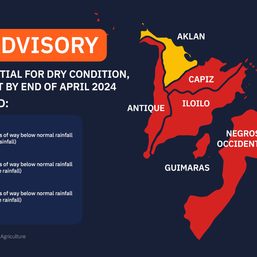
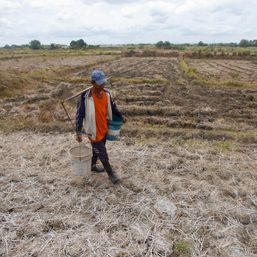
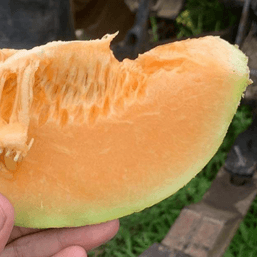

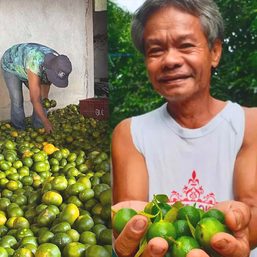
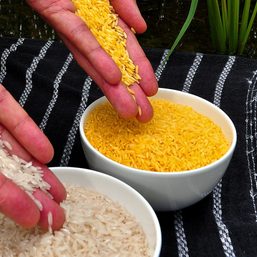
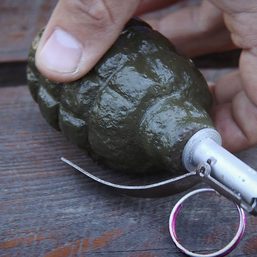




There are no comments yet. Add your comment to start the conversation.